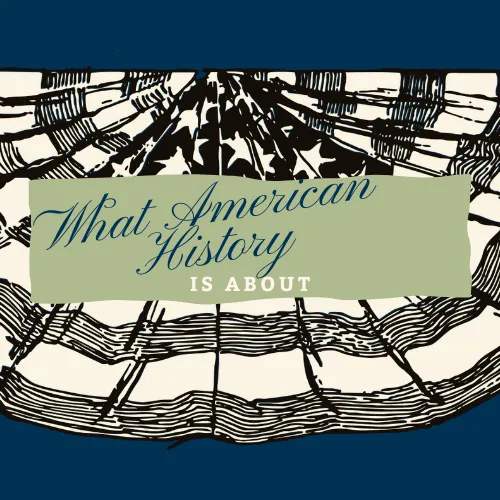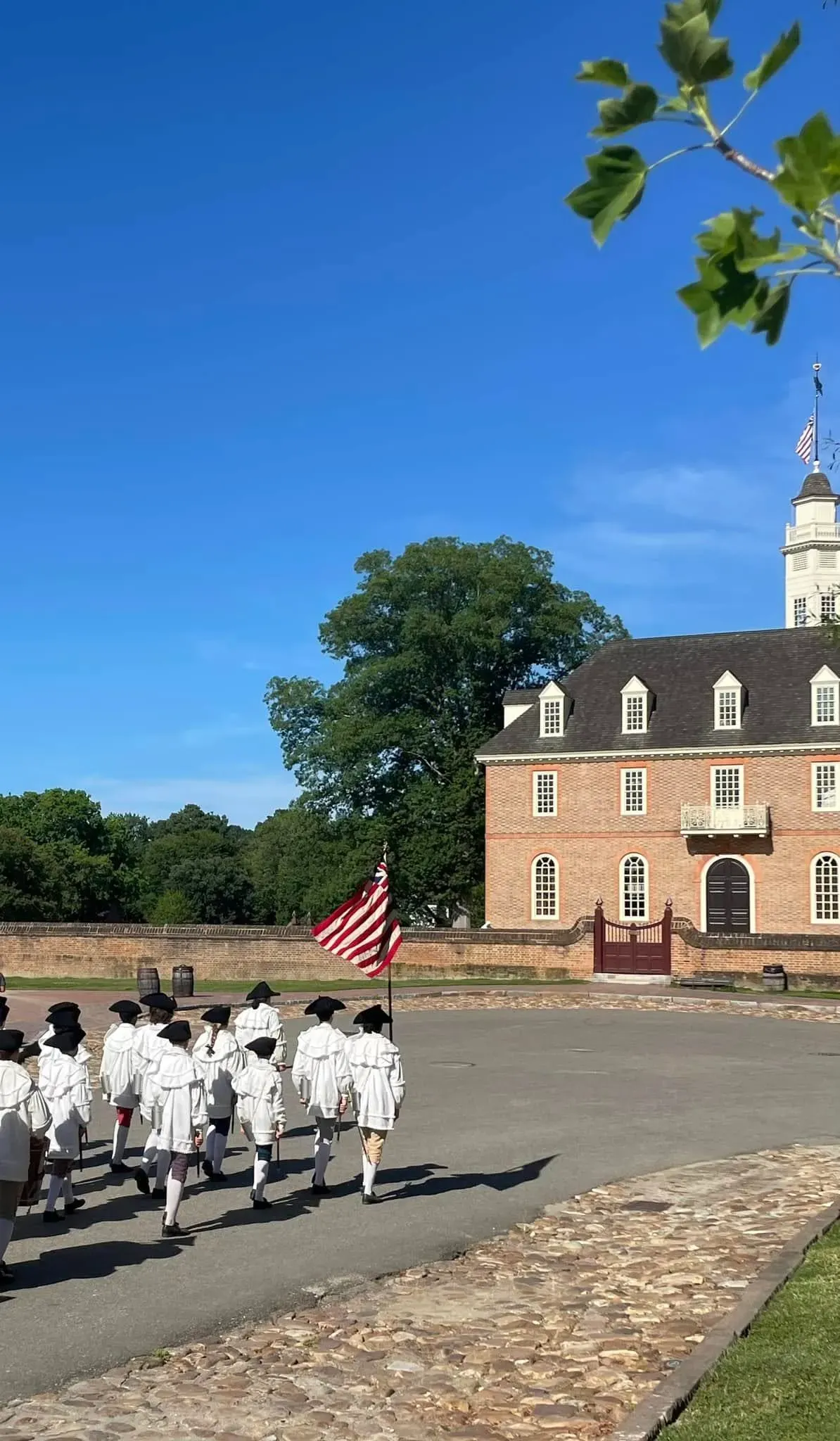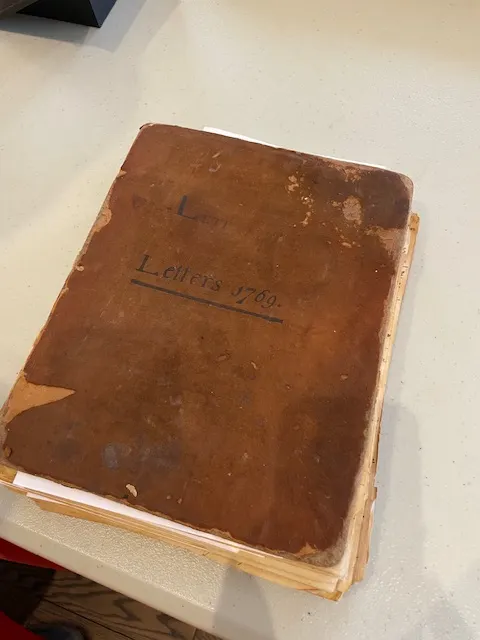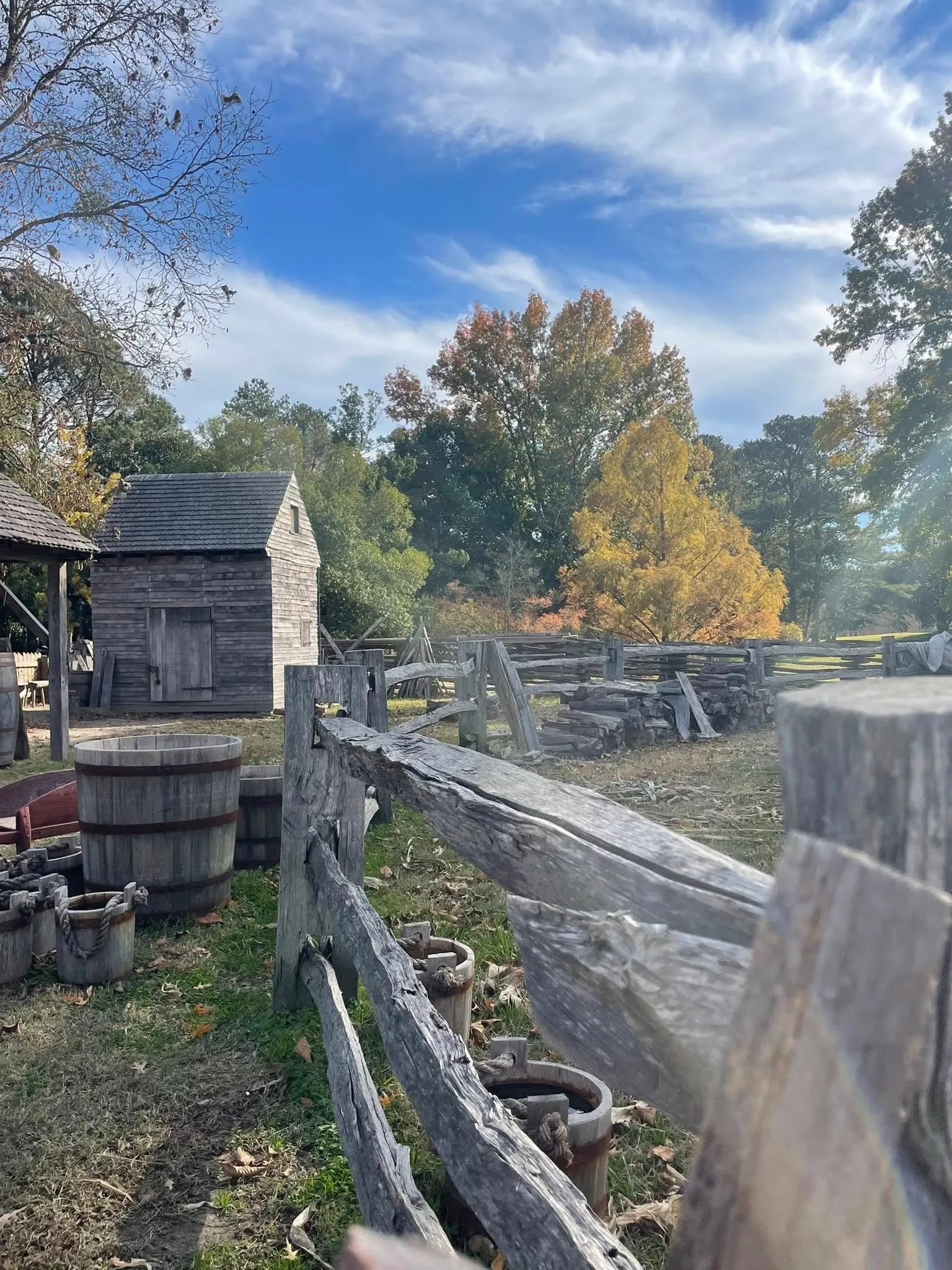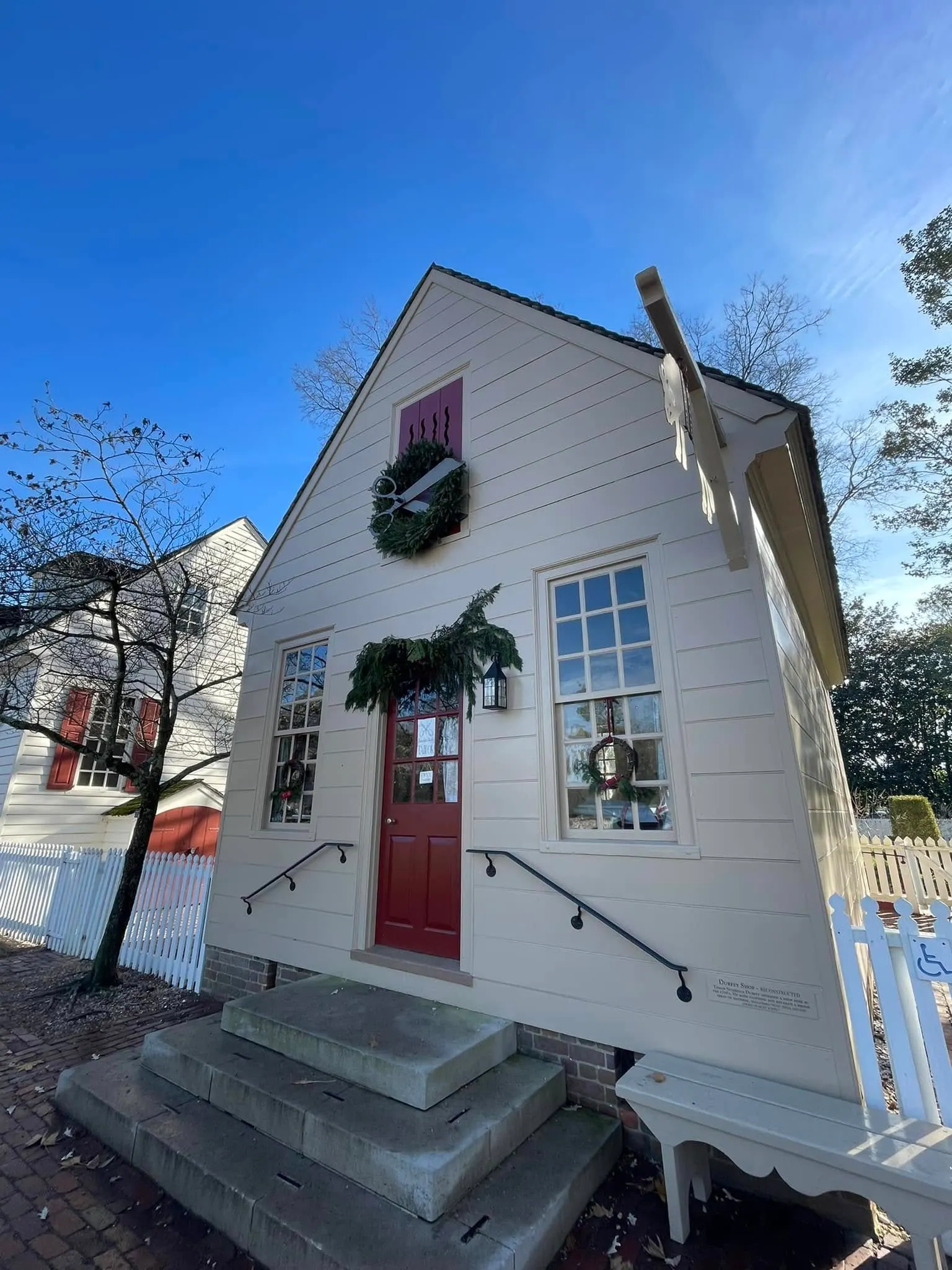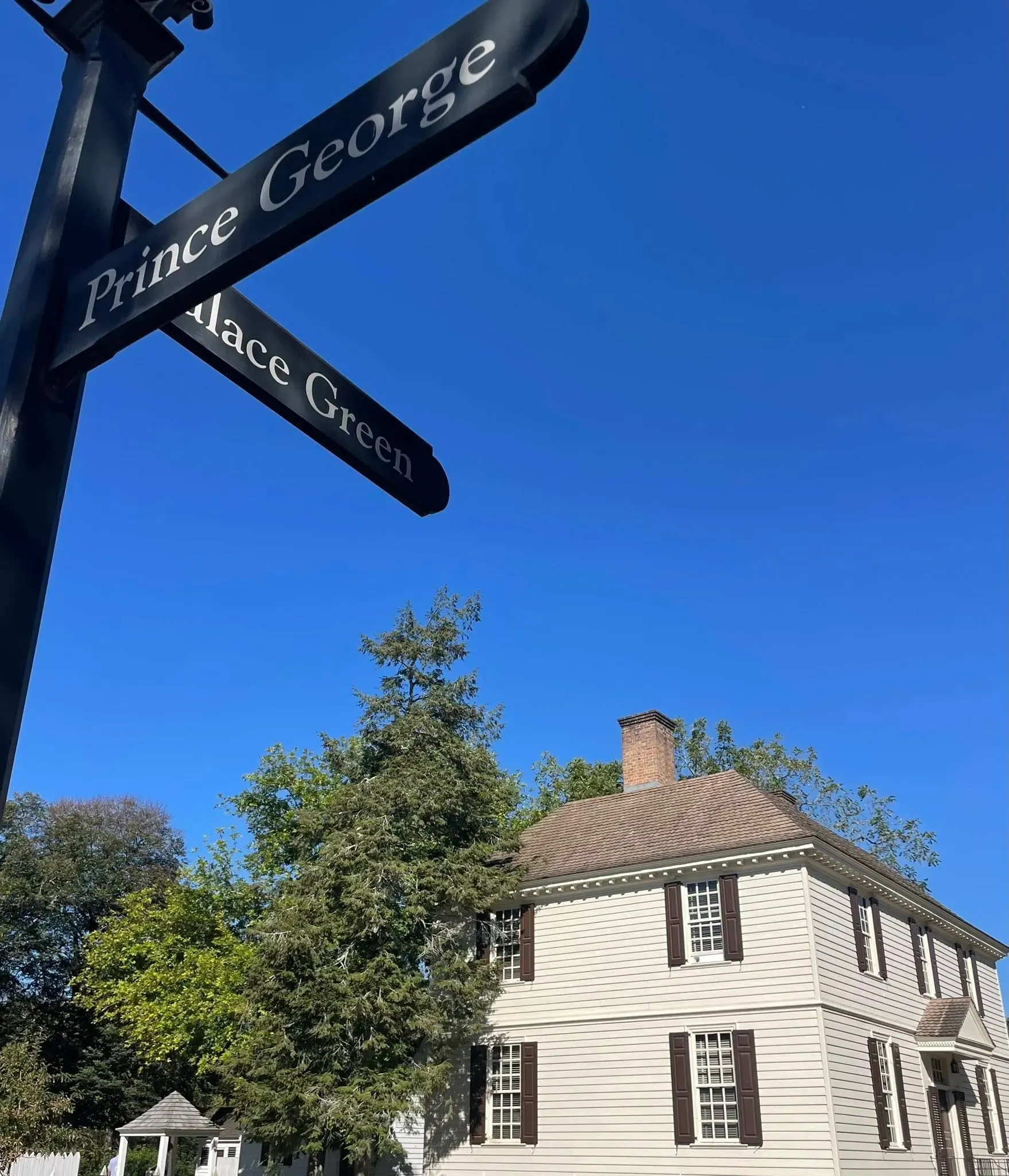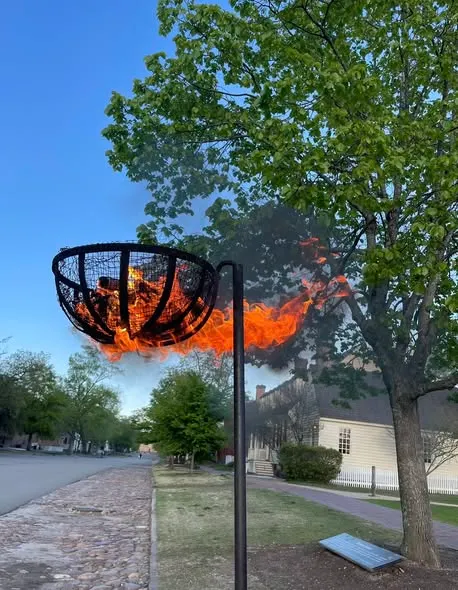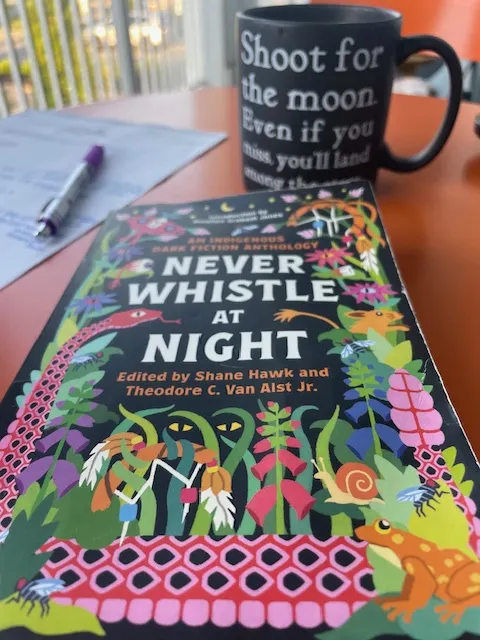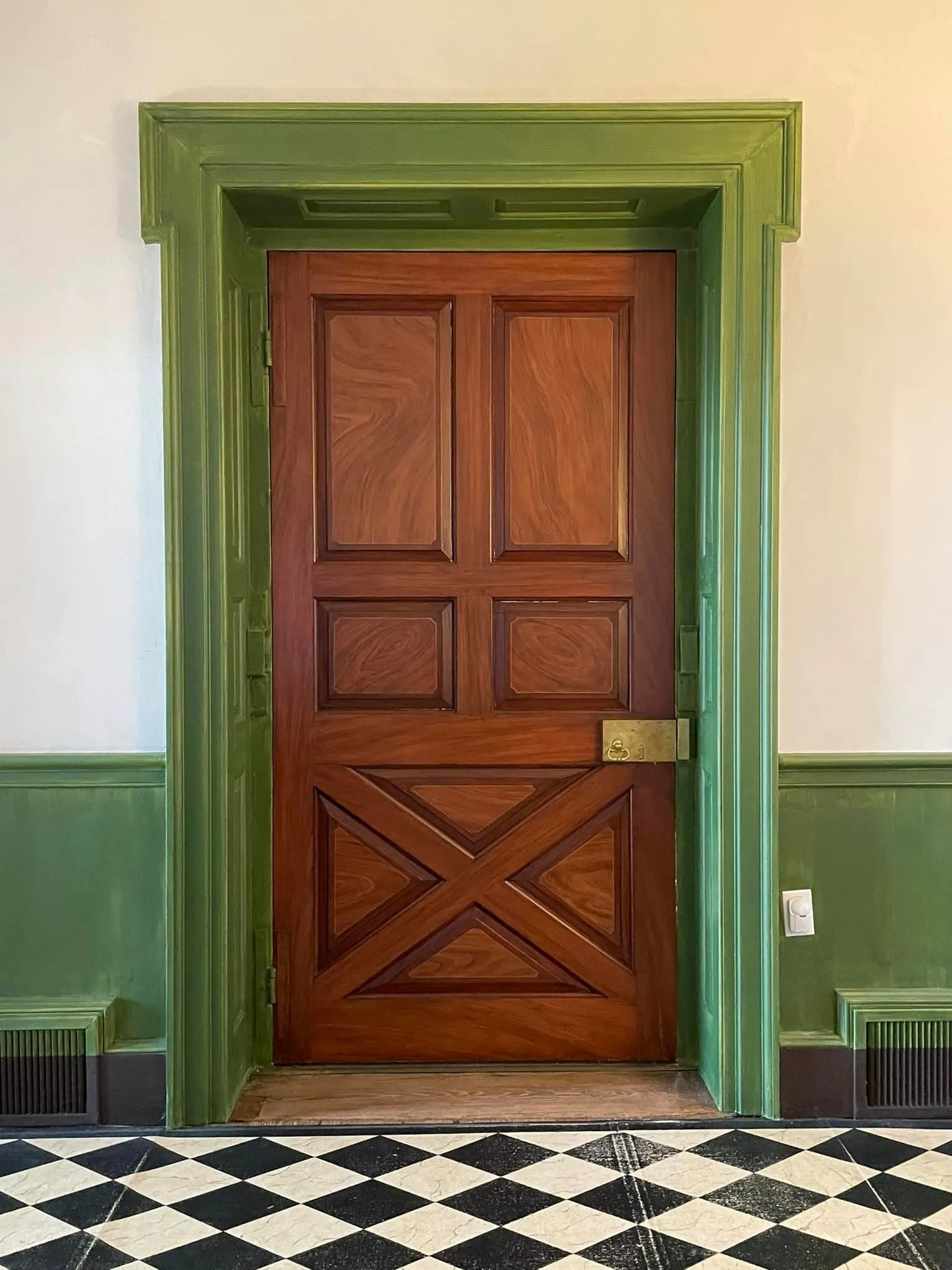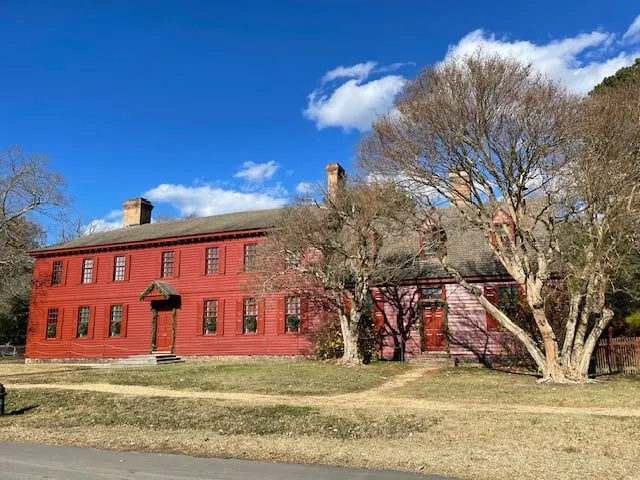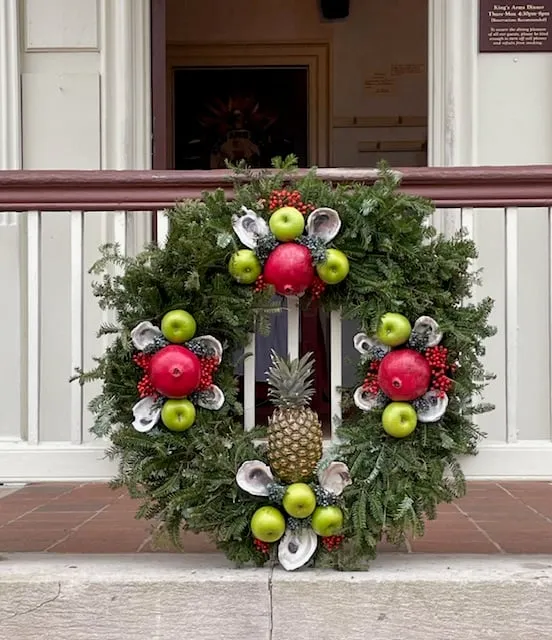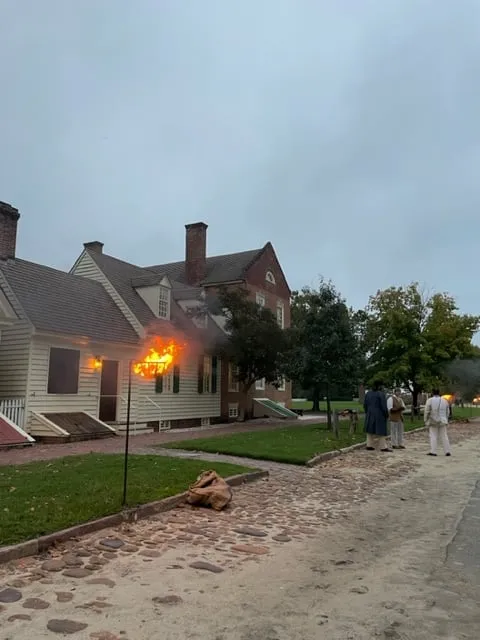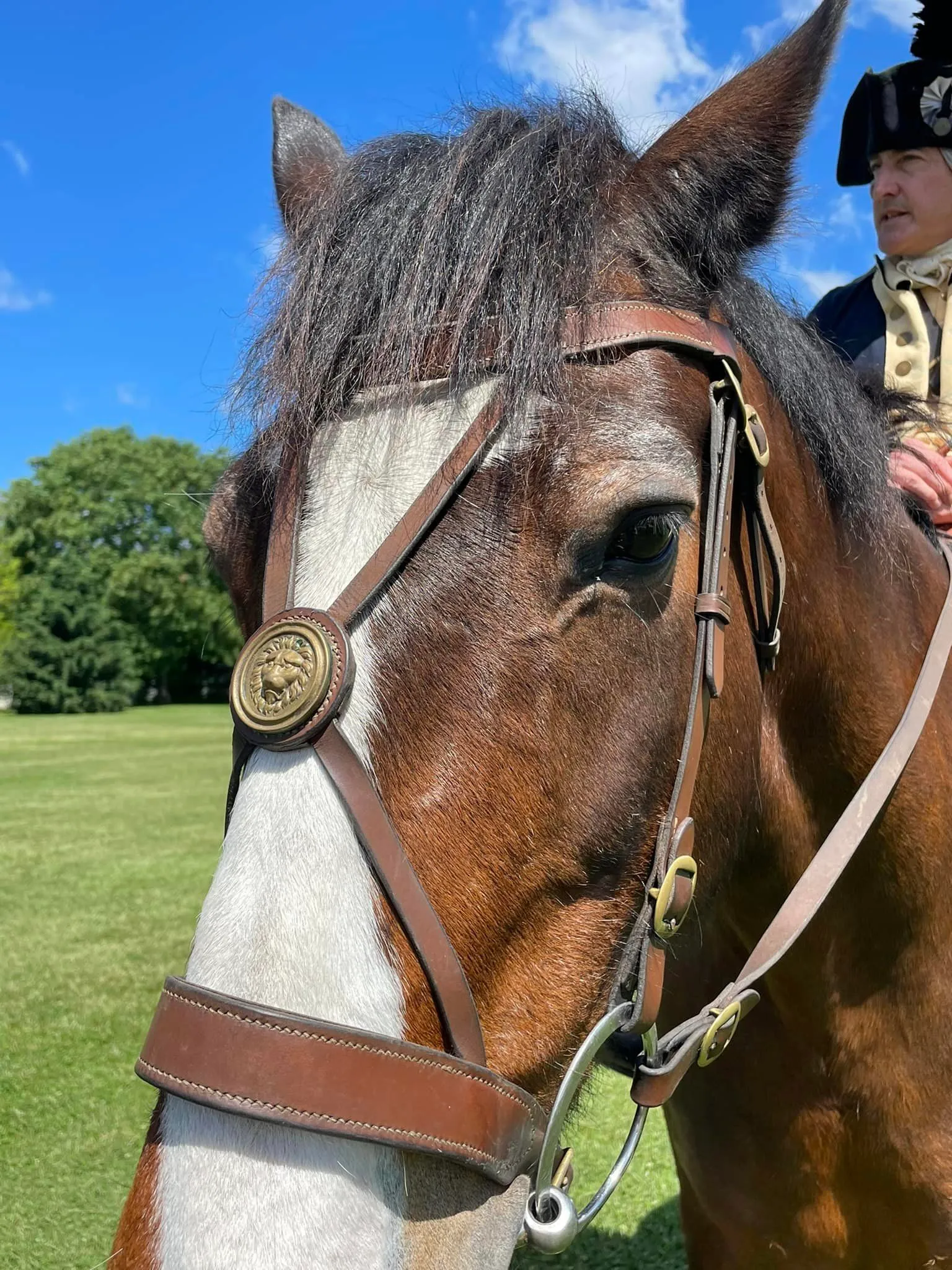Reviewing Never Whistle At Night: An Indigenous Dark Fiction Anthology
About the book but also: about reviewing it.
Someone asked me what the purpose of the book is. My first-reaction response is that the fore-ward shines light into the intent of compiling so many horror stories (specifically referenced in the title as "dark fiction").
Necessary disclaimer: As a blogger, I use affiliate links sometimes! I may receive commission from purchases I share; it does not change your price but sometimes you might get a discount.
But as someone who is not descended from a tribal nation, I see it as lessons. As learning history in the context of the American Indian experience. (quick author's note on use of "American Indian" through the post and on the blog: click here)
One of the places in Colonial Williamsburg (CW) I hang out at the most is the American Indian Encampment. I've gotten to know some of the fantastic people who bring it to life, and Max is one of those people. And the one responsible for my knowing about Never Whistle At Night, recommending it to me months ago.
In fact, Max' recommendation actually came last year. After finally getting onto reading it, I've spent several months opening the book, setting it aside, and diving back into it. As you read on, you'll see why Never Whistle At Night is not a weekend read (for me at least!), but a long-term commitment.
RELATED: Click here to learn about CW's interpretation of tribes and tribal members who would've visited our first capital and here to read my post about Jamestown Settlement which highlights Paspahegh Town.
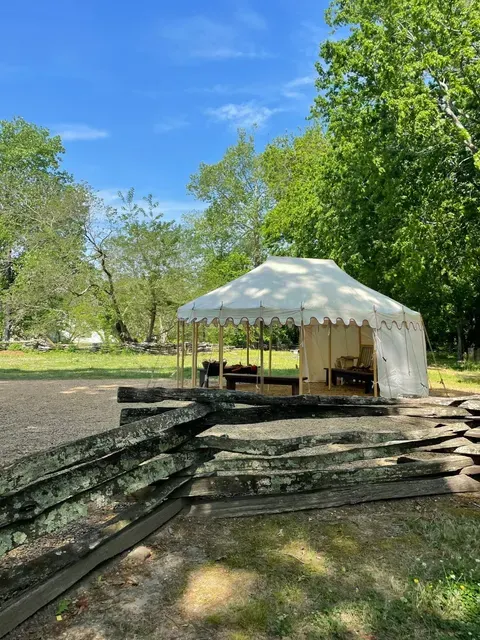
CW's American Indian Encampment, where discussions are held.
Who should read it.
Straight off, I'm cautioning parents on this one: it's graphic and gory. Read it first, make an informed decision on if or how your child will read it. Personally, I wouldn't have considered it prior to my teen-age years, if then.
That disclaimer stated, anyone who is comfortable with horror should jump in. And if you're not, that's ok too- with the book being an anthology, you can select a few stories, you don't have to read all.
Who shouldn't MISS this book:
- anyone interested in the cultures of tribal nations across our United States
- anyone wanting multiple perspectives (alternative perspectives) on the relationships between tribal nations, members, and governments with those who settled here later
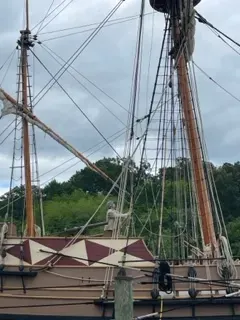
Ship replica, Jamestown Settlement
Adjectives and Emotions: the best way to express my thoughts on Never Whistle At Night
At one point, about 6-8 stories into Never Whistle At Night, I just started writing down words. Because if there's one outcome I was experiencing while reading the book, it was emotion.
Sometimes I'd encounter multiple emotions in one story. Sometimes, I'd end a story contemplating how I felt and a page or two into the next one, I'd question my previous thoughts.
While most of the stories take place in modern day North America (or really close to modern-day) Limbs by Waubgeshig Rice takes place in the late 19th century. And to be honest, that may have been the toughest for me. How I felt: ill. Woozy and nauseous.
On the flip side, White Hills by Rebecca Roanhorse angered me and drew out some serious empathy, but was cleaner.
Does that make sense? Still having the strength in the writing to ensure you feel all the feels but with less gore. It's horror though, so expect some blood.
Many of the stories felt raw, disturbing, and dark. They were descriptive and forced contemplation of the purpose for the writing. Was it to evoke grief, express bitterness or anger. To educate? To simply entertain?
There are multiple writers- and you don't have to like them all. But some you'll likely love.
What I have discovered: it's possible to love, like, and hate a book all at once. I got angry. I felt uncomfortable. And in the end...I'm recommending it.
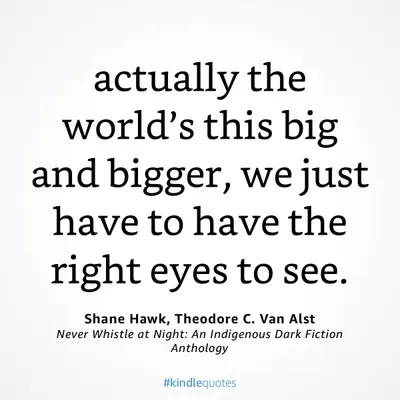
Yes, I recommend reading Never Whistle At Night.
From the get-go, Never Whistle At Night offers up a change in the way you think, feel, and of course, listen. I questioned whether I should keep going because I was initially put-off and uncomfortable.
But I got reeled in--- here's why:
- The format: a set of short stories is right up my street for holding my interest- in that sense it's an easy-read as each story is like a chapter- you can complete it in one sitting.
- The style: taking place in modern times makes it relatable- it brings the historic beliefs of tribal members from all backgrounds to the present for those of us learning American Indian culture.
- The range: from a woman living in a posh house with an HOA to military men being stationed in 1960's Germany, every story has a setting, a character or cast of characters, that are as diverse (yet connected) as you can imagine.
So with that, I'm handing it off to you, as the editors intend. There are so many stories, so get started.
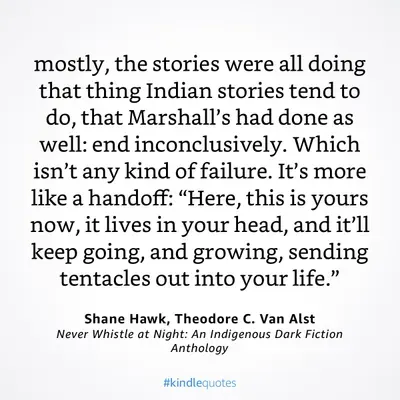
Action items.
- Get the book here.
- For continuous education and keeping native grounds front of mind wherever you are, download the Pro Version of Explore Here- when you open the app, you'll know which Native Land you're standing on.
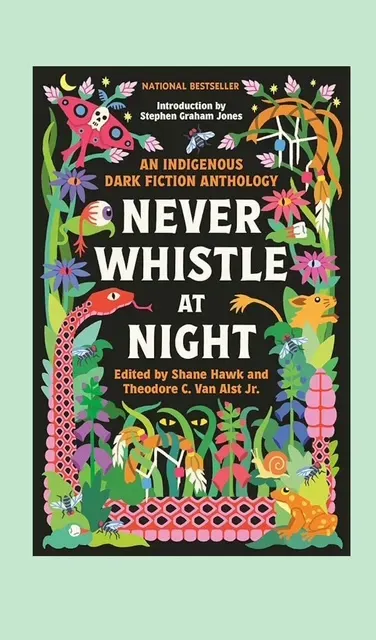
Kindle view of book
Closing words from history.
American history is complicated in every sense, but possibly one of the highest levels of complexity is with the tribal nations that were here before colonists landed on the shores of North America.
Relationships between the tribes themselves, as well as with settlers from all European nations varied (and that's an understatement). To pull one letter, one excerpt, one quote- is truly a tiny window into history. Every bit inspires a deeper dive (I hope for you too!).
Today, I've found these words appropriate to the context of reviewing "dark fiction."
One of the perhaps "dark" bits of American history includes the "Indian Schools" - here, excerpts from a letter to Jefferson from Gabriel Richard, director of an Indian School in Michigan, the state I lived in most of my life. So yes, I may need to dig deeper.
Richard is asking Jefferson to assist in securing federal funds to properly take care of the children.
Click here to read the letter in full, with notes and citations.
Gabriel Richard to Thomas Jefferson, 9 November 1809
From Gabriel Richard
Detroit the 9th of 9ber 1809
Sir
I arrived at Detroit the 24th of July last. I found then about a Dozen of Indian children already at the School of Spring Hill. They appear till This momment, very content with their new Condition. I have written several letters from New york and from Detroit to mr Galatin and mr Smith the first Clerk in the dept of war. The Governor Hull has done the Same thing. and we have not yet received any answer from the Govt. The Governor does not wish to act before to receive Some Special Instructions relative to the Institution I have under my immediate direction. your Excellency knows very well that Such Institution as this requires great expences especially in the Biginning, for the house furniture cloths, food, horses, cows &c.
(letter continues)
The Governor of Michigan advised me to Send my accounts which he will Certify to be correct and to draw on the Gov t (N.B. I desired that he Should do it himself, but he has declined.) he has not a Single blanket to Give to these poor children who came to our School almost quite naked. I most take on credit at Some Store, to cloth them to feed them, or I most Send them back to the woods.
(letter continues)
If your Excellency finds proper to Give me Some directions Relative to my Correspondence with the Government, I will Submit me to them exactly. few lines from you will honour me exceedingly and will be accepted as a great favor by your
Sir most obedt & humble Servt
Gabriel Richard
Director of the Indian School of Spring Hill.
If you enjoy this free blog, click below to buy me a coffee using my online tip jar:
There is a huge practical disclaimer to the content on this blog, which is my way of sharing my excitement and basically journaling online.
1) I am not a historian nor an expert. I will let you know I’m relaying the information as I understand and interpret it. The employees of Colonial Williamsburg base their presentations, work, and responses on historical documents and mainly primary sources.
2) I will update for accuracy as history is constant learning. If you have a question about accuracy, please ask me! I will get the answer from the best source I can find.
3) Photo credit to me, Daphne Reznik, for all photos in this post! All photos are personal photos taken in public access locations or with specific permission.
